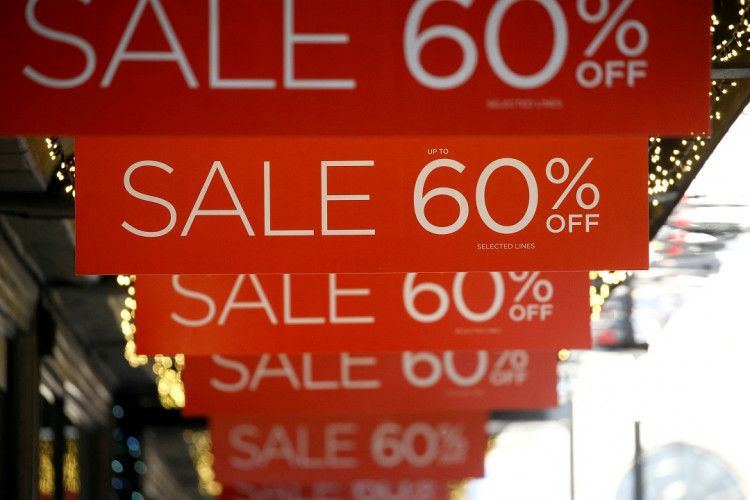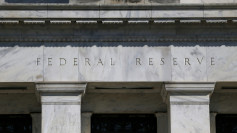Retail sales in the U.S. fell sharply in January, declining 0.9% from the previous month as consumers curtailed spending across key sectors, according to a Commerce Department report released Friday. The drop was significantly steeper than the 0.2% decline forecast by economists and follows an upwardly revised 0.7% gain in December.
The decline, the first since August, signals a potential slowdown in economic momentum. The figures are adjusted for seasonality but not inflation, meaning the pullback comes despite a 0.5% rise in consumer prices for the month. A critical measure known as the "control group," which strips out volatile components and factors directly into gross domestic product calculations, fell 0.8% after December's revised 0.8% increase.
"The drop was dramatic, but several mitigating factors show there's no cause for alarm," said Robert Frick, corporate economist with Navy Federal Credit Union. "Some of it can be chalked up to bad weather, and some to auto sales tanking in January after an unusual surge in December due to fat dealer incentives."
Consumer spending accounts for approximately two-thirds of the U.S. economy, and the weak retail report raises concerns about first-quarter growth. Auto sales were among the hardest-hit categories, down 2.8% for the month. Specialty retailers, including sporting goods, music, and book stores, saw an even steeper decline of 4.6%. Online shopping, a sector that had remained resilient in previous reports, slipped 1.9%.
Restaurants and bars were one of the few bright spots in the report, with sales climbing 0.9%, while gas stations saw a similar increase, reflecting rising fuel prices. Import prices overall rose 0.3% in January, marking the largest monthly increase since April 2024. Fuel costs surged 3.2%, while food, feed, and beverage prices climbed 0.2% following a 3% spike in December.
Markets reacted cautiously to the data, with stock futures holding slightly negative territory while Treasury yields slipped. Traders increased bets that the Federal Reserve could begin cutting interest rates by June, though inflation remains above the Fed's 2% target. The consumer price index showed a 3% annual increase in January, while producer price data hinted at some softening in supply chain costs.
The Federal Reserve has held off on additional rate cuts after implementing three reductions last year. Policymakers remain wary of inflationary pressures, which have persisted despite easing from 2022's 40-year highs. Fed officials have indicated they will need more evidence of sustained disinflation before adjusting rates further.






